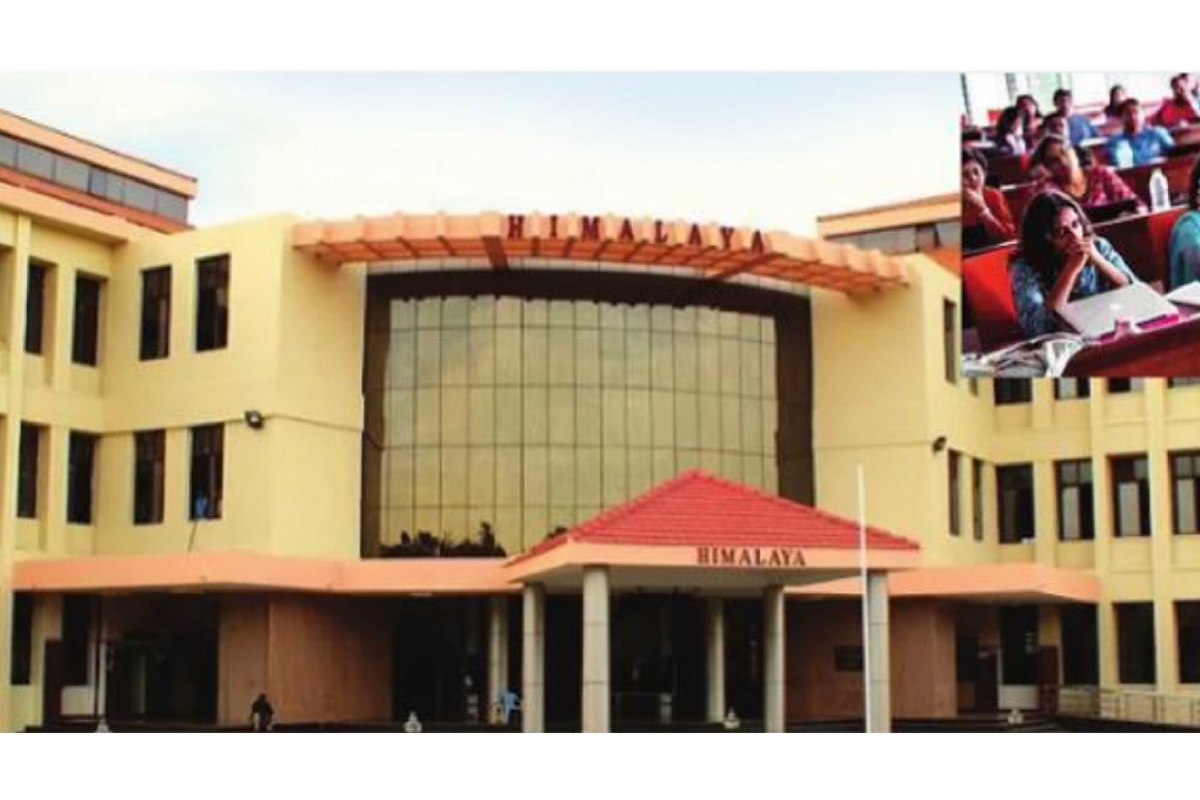As the new academic year has begun, higher education institutions ac ross the country experience a common phenomenon lowering of admission rates even in the technical sectors. While the exact cause for the sharp decline in admission is unclear, it may be held that higher education in India has become aimless. With the constant erosion of values, it is veering towards passivity, disappointment and dullness.
It is plagued by an overemphasis on theoretical aspects of knowledge, absence of synchro- nization between theory and practice, lack of devotion to explore and examine newer strategies and experiences, carelessness in comparing multidimensional avenues of ascent and excellence and, above all, indifference towards the challenging realities of life.
Advertisement
Apart from the fact that higer education is yet to open up diverse windows, the so-called advancement of learning pursued in our institutions more often than not fails to negotiate the immediate necessities of life. That quality in higher education is a myth is blatantly exposed by the academic disengagement that merits further scrutiny.
As the world demands our knowledge, skills and talent to sustain economic growth and prosperity, the question is if we are up to the challenge?
India, likely to become the third largest economy in the world very soon, has been endowed with enormous manpower availability and there are tremendous expectations from it.
Having launched the ambitious “Make in India” project, it is expected that 90 per cent of the GDP and 75 per cent of employment avenues would come from the services and manufacturing sector by 2030. According to the 4th estimate of the World Economic Forum’s bi-annual survey report, May 2023, the Indian market is expected to expand by 22 per cent over the next five years with top job creation from AI, machine learning and data segments. Globally, the job market is estimated to expand by 23 per cent, with 69 mil- lion new jobs to be created over the next five years.
Such a fabulous demogrphic dividend would be missed unless the country can create a globally relevant and competitive higher education system that could serve the requirements of both the domestic as well as global economy.
India’s advantages are its globally reputed institutions, albeit a few, greater student and faculty mobility and collaborations with international institutions. India’s talent is fit to work in or serve international markets. Of late, it has developed a culture of research, inno vation and entrepreneurship that can help the country’s economic growth.
However, the fact remains that we have low employability due to our dated curricula. Tea- chinglearning practices are mostly examination-oriented with a focus on rote learning.
There is a deficit of quality faculty, high student-teacher ratio, lack of institutional and industry linkages and autonomy to launch more relevant courses.
Spending on research and development is low and, hence the paucity of international research collaborations. Campuses focus less on entrepreneurship and there are few incubation cells. Though the country has the highest number of higher education institutions, few are globally acceptable, thereby breeding lower employability and lesser interest among students. Economic growth is inseparably linked with the concomitant advancement of higher learning in science and technology. The emerging areas of science
like biotechnology, nano-materials, mechatronics, bioinformatics, nano technology and high performance computing are presently taught only at select institutions in India. The situation reflects the Centre’s obsession with the need to improve the quality of higher education and research in science and technology in keeping with that of top universities in the world.
Knowledge economy today requires sophisticated skills to participate, especially for high-paying jobs. A mediocre institution may provide a degree but may render the graduates un- employable. Even beyond rankings, where our country cuts a sorry figure, there are tell-tale signs. A recent report suggested that over 80 per cent of our engineering graduates are unemployable. Public investment in education is low by world standards, which leads to relatively poor infrastructure, insufficient educational and lab resources and poor hiring and retention.
The metrics for hiring and assessment are focused on numbers in lieu of quality and impact, which creates wrong incentives. Uncalled for political interference impacts focus and morale as well. Also, lack of industry and social relevance adversely affects resources, placement and recruitment. Lack of world class universities leads to missed opportunities for industry, economy and society. Industry is much more likely to invest in higher education if they derive value in terms of their work force or technology needs.
Industry support for high quality universities will free up governmental resources to be used for other areas of need. In most developed countries, the government, the industry and the universities work closely together to solve issues relating to society and industry.
Those admitted to undergraduate programmes to elite Indian universities have been catapulted to brilliant international careers, but they are very few in number. For most students, an undergraduate degree is a rite of passage rather than an engine of learning.
The system is, in fact, not designed to cultivate the nation’s human capital for the future. Perhaps the most diagnostic symptom of what ails higher education is the large number of college graduates who remain unemployed even as jobs remain vacant in a rapidly growing economy.
Public universities established or incorporated by the Provincial Act or by a State Act are classified as state universities. With the advent of globalisation and an Internet-driven industrial revolution, Indian state universities continue to make higher education accessible to the burgeoning population. Unfortunately, they face serious structural issues pertaining to quality, which has disillusioned students about the higher education system in general. Their disillusionment and subsequent inability to pursue meaningful careers has certainly compromised the nation’s development.
Sadly, most state universities have been reduced to mere degree giving institutions, which has hampered the overall learning experience of students. Lesser emphasis on market-relevant skills has failed to recognize socio-cultural realities. General degree colleges are all affiliated to one university or the other. The system has apparently been imported from the higher education structure prevailing in London at the time when universities of Calcutta, Bombay and Madras were founded. The system has undergone dramatic changes in the past century and a half.
In Europe, only a small number of students, after completing high school, are allowed to pursue higher education. A good number of high school graduates join the higher poly technic/ professional colleges. The rest go to technology or vocational training colleges, often in conjunction with working part time in a related company. The programmes offered by general degree colleges in our country do not prepare students for any particular profession. Since the academic session of 1994-95, the UGC has been offering financial support to colleges for introducing vocational subjects in their undergraduate programmes.
The UGC clearly recognises the need for such training to help students qualify for the job market, but it has not gone the extra mile. Surely the NEP has felt the need to package the course work with professional subjects. In calling for curricular breadth, flexibility, creativity and fundamental cognitive skills, it seeks to develop the rich diversity of talent.
This would make our higher education more meaningful and create motivated manpower which is essential for future development. Still there is need for pedagogical reforms in addition to curricula reform. Curriculum defines what one learns; pedagogy defines how one learns. Perhaps, that is the idea behind a flipped classroom.
In a flipped classroom model, students are expected to do the assigned reading before class, knowing that they may be called upon to communicate and analyze what they learned in front of the class or in break- out groups of their peers. Although there is no substitute for a good faculty, global initiatives of academic networks and online courses may provide an alternate learning platform for students.
There is a need to promote an academia-industry interface, which promotes technology transfer from industry and allows experts to teach students.
Is the government ready to provide funds for necessary infrastructure and recruit peo- ple with proven track records, particularly the large community of expatriates presently engaged as scientists, researchers and teachers abroad on a competitive pay structure?
Ironically, the HRD ministry cries itself hoarse over the spec- trum of a dramatic shortfall of qualified personnel in future but falls short of taking the initiative to adopt corrective measures.
The Ministry is determined to let private capital flow rapidly in this sector, but cannot be bothered about making some dramatic improvement in the situation with little investment in existing institutions. The government balks at exposing traditional industries to competition but has no qualms about opening up our education sector to the highest bidder
(The writer, a former Associate Professor, Department of English, Gurudas College, Kolkata, is presently with RabIndra Bharati University)











